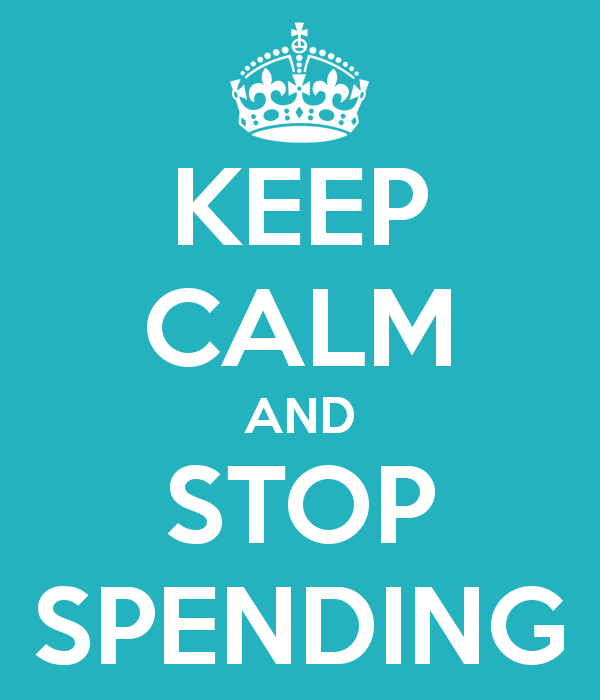
Try a Spending Ban
A couple of “big ticket” bills have popped up on my radar recently including major roof repairs needed after a recent storm and the discovery of termites in the garage. It’s times like this that you understand the value of an emergency fund… I wish I had one! 
While I try and work these expenses into an already tight family budget, I’m clutching my wallet shut in an effort to curb spending. I get my coffees from 7/11 for $1 each and I’m now finally working out which eftpos transactions incur a fee and which do not.
Maybe it’s time to turn the thinking around from saving money (something I struggle with) to stopping spending.
American author Emily Guy Burkin’s book “End Financial Stress Now” is based on this idea that in order to reduce spending you need to challenge what you really need on a daily basis.
Emily and her husband went on a spending ban in January 2012 to pay for a domestic holiday. The ban only lasted a month, but the couple learned a lot about their spending habits.
If you’re planning a spending ban, Emily recommends you follow these simple rules.
1. DECIDE HOW LONG IT WILL LAST
First-timers should keep their timeframe short but not too short. She suggests starting with 21 days.
2. DEFINE 'NECESSITY'
When you’re on a spending ban, you should only spend money on necessities like food and medicine.
3. PLAN AHEAD
There are likely to be some unforeseen expenses during your ban if you don’t plan ahead. If you forget about the wedding gift you were supposed to buy, or just remembered that tomorrow is Mother’s Day, you’re not going to have time to shop around.
4. KNOW WHERE THE EXTRA MONEY WILL GO
Having a goal makes it easier to see results and you are less likely to spend it.
5. AVOID THE PITFALLS OF GOING ON A SPENDING STRIKE
Don’t be tempted to go on a buying binge before you start the ban or a celebratory spending spree when it’s over.
Have you tried a spending ban? We'd love to hear your tips on how to stop spending


